
.jpg)
I must begin this review by confessing that prior to my reading Rheam’s This September Sun I had very little knowledge of the fictional works of white Rhodesian and Zimbabwean authors. As a university undergraduate majoring in English in the late 1980s I was formally introduced to Doris Lessing’s The Grass is Singing, Arthur Shearly Cripps’ poetry and T.O. McLoughlin’s Karima and that was all. On my own I later read Lessing’s Collected African Stories, The Four Gated City and African Laughter, and I also delved into Ian Douglas Smith’s autobiography Bitter Harvest. This September Sun impressed me as a new refreshing breeze that offers an incisive insight into the Rhodesian and, later, Zimbabwean psyche.
The book is divided into three parts, though there is a chronological sequence in its progression. One is skilfully ushered, often through letters and diary entries, into a rich but complex tapestry of both Zimbabwean history and a family’s history and secrets. It is an intriguing and riveting story of the protagonist Ellie McIntyre and her grandmother Evelyn Saunders. The novel reminds me of Chenjerai Hove’s apt observation that one can best learn the history of a country by reading its fictional works, rather than visiting its history textbooks. This book, which reads as if it is autobiographical, is a great tale of the bond between Ellie and Gran Evelyn, a bond which goes beyond the latter’s death.
Part One opens with Zimbabwe celebrating its independence on 18 April 1980, which date coincides with the protagonist’s sixth birthday. This transition from the old world (Rhodesia) to a new one (Zimbabwe) mirrors the change in Evelyn Saunders who leaves her husband and embraces her own independence. In a peculiar way the separation also signals an independence of sorts for Ellie who can now pay frequent visits to her beloved Gran who now lives alone. Henceforth we witness the growth and blooming of this very strong relationship. Part One closes with Gran’s gruesome murder, which also reflects the end of a chapter in the protagonist’s life. Parts Two and Three of the novel make use of Gran’s diary entries stretching from January 1946 to October 2004, shortly before her death at age 77. These diary entries gradually provide the missing blocks of the jigsaw puzzle of Gran’s eventful life as well as those of the others in Ellie’s family.
Through the diary entries Ellie embarks on a journey to unearth the great mystery that her family is. She confesses that ‘all my life my grandmother had been a mystery to me. I was perhaps the dearest person to her, yet I knew the least about her.’(p 233) We witness Ellie moving from naivety and gullibility in the process of ‘dismantling the woman I thought I knew’ and her confrontation and interrogation of a ‘childhood of lies’. In the process she resurrects a life littered with ‘the ghosts of yesterday’. It then dawns on Ellie that ‘the greatest journey we go on is inward towards our selves, rather than outwards and away.’(p 127) How true this statement is for both for Ellie and Gran’s lives! Much as Gran detests being ‘surrounded by the ghosts of yesterday’(p 265), she cannot exorcise these ghosts and the past haunts her relentlessly. It is a past mired in cuckolding her husband Leonard through her relationship with her lover with whom she has an affair reminiscent of Heathcliffe and Catherine’s in Charlotte Bronte’s Wuthering Heights. There is also the ghost of her son Jeremy, the facts of whose death come to light in the novel through Ellie’s reading of her grandmother’s diaries.
One cannot miss the political undertones that colour the pages of the novel. These political undercurrents, which constitute a subplot, offer an incisive insight into Rhodesia of the late 1940s right up to 18 April 1980. We are allowed glimpses of the racist mentality of the hardcore Rhodies who then refuse to come to terms with the reality of a new Zimbabwe. These are shown to have inflated egos and insist on sustaining a life constructed around fantasy and an irretrievable past. Rheam sums up these whites as those who ‘could’ve won the war if only Smith had not given into Nationalist aggression, those who had always been on the brink of victory when Smith had surrendered.’(p 24) There are those like Granddad who feel betrayed by the ‘bloody British… sold us down the river. Fought for King and country. For what? Where is their Empire now?’(p 86) There is also an indictment of the government of Zimbabwe by way of counterbalance. Its shortcomings are portrayed through the culture of fear and instability it inculcates, through the government’s handling of the dark period of dissident disturbances in Matabeleland and in correcting land imbalances. There is however hope in the book that the two races will coexist happily.
The way the book is structured adds to the richness of the narrative. The novel, just like the lives of the characters, does not have a clear beginning and a clear ending. There are constant shifts involving the present, the past and the future. One is reminded of the narrative style of literary greats such as Virginia Wolf, James Joyce and Dambudzo Marechera. When asked by another character about her life, Ellie retorts that ‘the beginning keeps changing.’(p 268) There is a frustrating search by Ellie for a beginning, for rejuvenation. It is from this that the novel gets its title: ‘There is a poetry to September, a song, a promise. It speaks of a new beginning, yet it heralds an end.’(p 115) Such is life, Ellie learns.
Minus the extensive use of extracts reproduced in the book that give it an air of being contrived and unnecessarily add to its volume, This September Sun is a rich addition to the canon of Zimbabwean and world literature. Bryony Rheam’s powerful voice must be accorded a niche in college and university syllabi.


















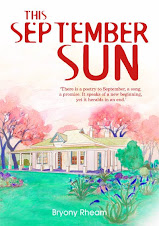.jpg)



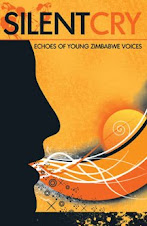
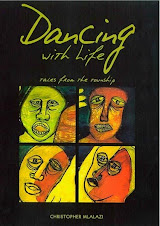

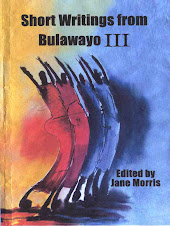


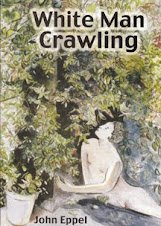










.jpg)





















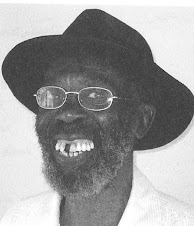






No comments:
Post a Comment